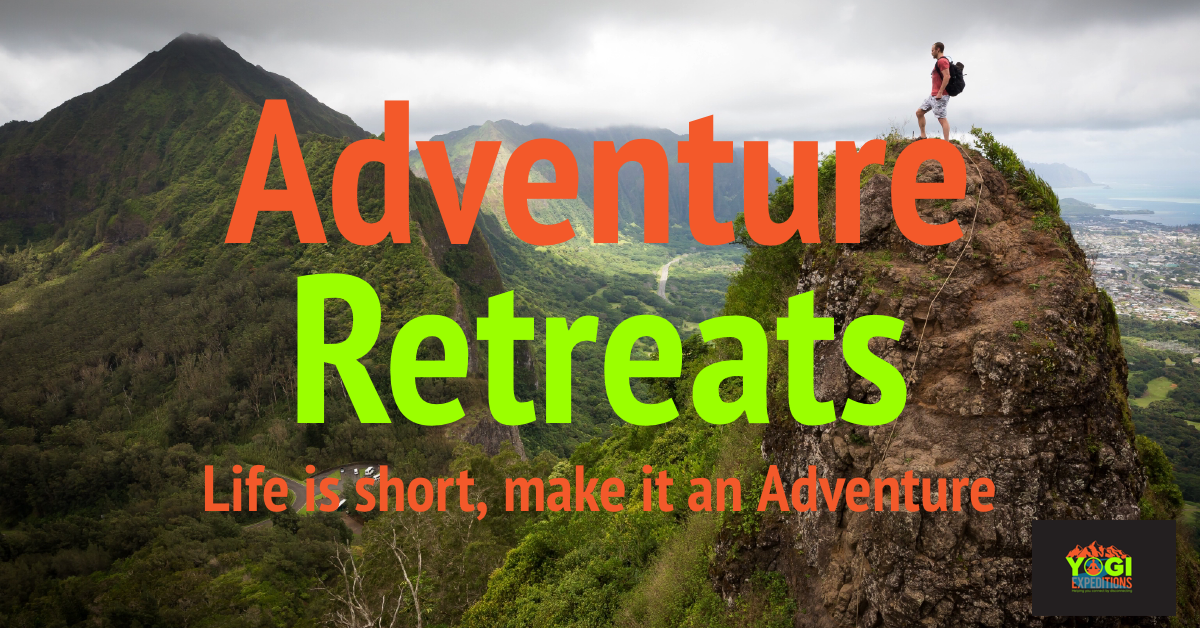Safety First: Building SOPs That Protect Guests and Empower Guides
- Shannon Peffley

- Sep 29
- 3 min read

In the adventure hospitality industry, safety is non-negotiable. Guests put their trust in you the moment they book a trip. They trust your guides to know what they’re doing. They trust your equipment to be reliable. And they trust your business to keep them safe while they step outside their comfort zone.
But here’s the challenge: safety doesn’t happen by accident. It happens by design. That design comes in the form of training and Standard Operating Procedures (SOPs) — the backbone of a business that values both consistency and care.
Why Safety Training and SOPs Go Hand-in-Hand
Some operators treat safety as a checklist. First aid? Check. Liability waiver? Check. Emergency phone number? Check. But in reality, safety is a living culture. And the most effective way to embed that culture is to combine hands-on training with clear, written SOPs.
Training ensures guides know what to do.
SOPs ensure everyone does it the same way, every time.
Together, they reduce risk, create consistency, and give guests the confidence that they’re in capable hands.
Building a Safety Training Program
A strong training program should prepare guides for both the expected and the unexpected.
Core Training Elements
Certifications & Licensing
First Aid & CPR
Activity-specific training (swift water rescue, belay checks, boating permits, etc.)
Scenario-Based Drills
Simulated capsizes, equipment failures, or weather changes
Role-playing nervous guests or group conflicts
Practicing emergency evacuations
Soft Skills for Safety
Communicating instructions clearly and confidently
Reading group dynamics (spotting fatigue, fear, or frustration early)
De-escalating situations with calm leadership
Training isn’t just about what guides know — it’s about how they react under pressure.
SOPs: The Playbook for Consistency
Even the best training fades without reinforcement. That’s where SOPs come in. SOPs turn safety from “what we hope everyone remembers” into “how we do things, always.”
What Makes a Strong SOP?
Clarity: Written in plain language, easy to understand at a glance.
Specificity: Step-by-step instructions for tasks like equipment checks, guest briefings, or incident reporting.
Accessibility: Available to every team member (digital and printed copies in key locations).
Accountability: Built-in checklists or sign-offs so leaders can verify compliance.
Examples of SOPs for Adventure Hospitality
Pre-Trip Safety Checks
Inspect equipment (paddles, helmets, ropes, etc.)
Confirm group size and guide ratios
Review weather forecast and contingency plan
Guest Orientation Procedure
Safety briefing before every trip (scripted to ensure nothing is missed)
Demonstration of equipment use
“Check for understanding” (have guests repeat back or demonstrate)
Emergency Response SOP
Steps for contacting emergency services
Roles for each guide in a crisis
Communication chain to management and guests’ families
How SOPs Protect More Than Guests
It’s obvious that SOPs keep guests safer — but they also protect your business.
Legal protection: Documented SOPs show you took reasonable measures to prevent accidents.
Operational efficiency: No more reinventing the wheel. Guides know what’s expected, and trips run smoother.
Brand reputation: Consistency creates trust. Guests will notice when every trip feels well-run and professional.
Staff confidence: Guides feel more secure when they have a clear playbook to fall back on.
Creating a Culture Around SOPs
The most common mistake operators make is creating SOPs and letting them gather dust in a binder. To be effective, SOPs must be living documents.
Here’s how to build culture around them:
Integrate into onboarding. New guides should train with SOPs from day one.
Revisit regularly. Review SOPs as a team each season or after any incident.
Encourage feedback. Guides in the field will spot gaps or inefficiencies first.
Celebrate compliance. Recognize guides who consistently follow and model SOPs.
When SOPs become part of the daily rhythm, they stop feeling like “rules” and start feeling like “the way we operate.”
A Simple Framework to Get Started
If you don’t already have formal SOPs, start with three categories:
Before the Trip
Equipment inspection checklist
Weather and conditions review
Guest orientation script
During the Trip
Guide-to-guest ratios and positioning
Communication signals and commands
Incident response procedures
After the Trip
Equipment cleaning and storage
Debriefing and guest feedback collection
Incident log and reporting process
Start small, keep them practical, and build from there.
Final Thought
In adventure hospitality, safety is the standard that separates professionals from amateurs. Training gives guides the knowledge and confidence they need; SOPs give your business the consistency and accountability it requires. Together, they build a culture where guests feel safe, guides feel empowered, and your brand earns trust trip after trip.
Safety isn’t just about preventing accidents. It’s about creating the foundation for transformational experiences — the kind of adventures that turn first-time guests into lifelong advocates.



Comments